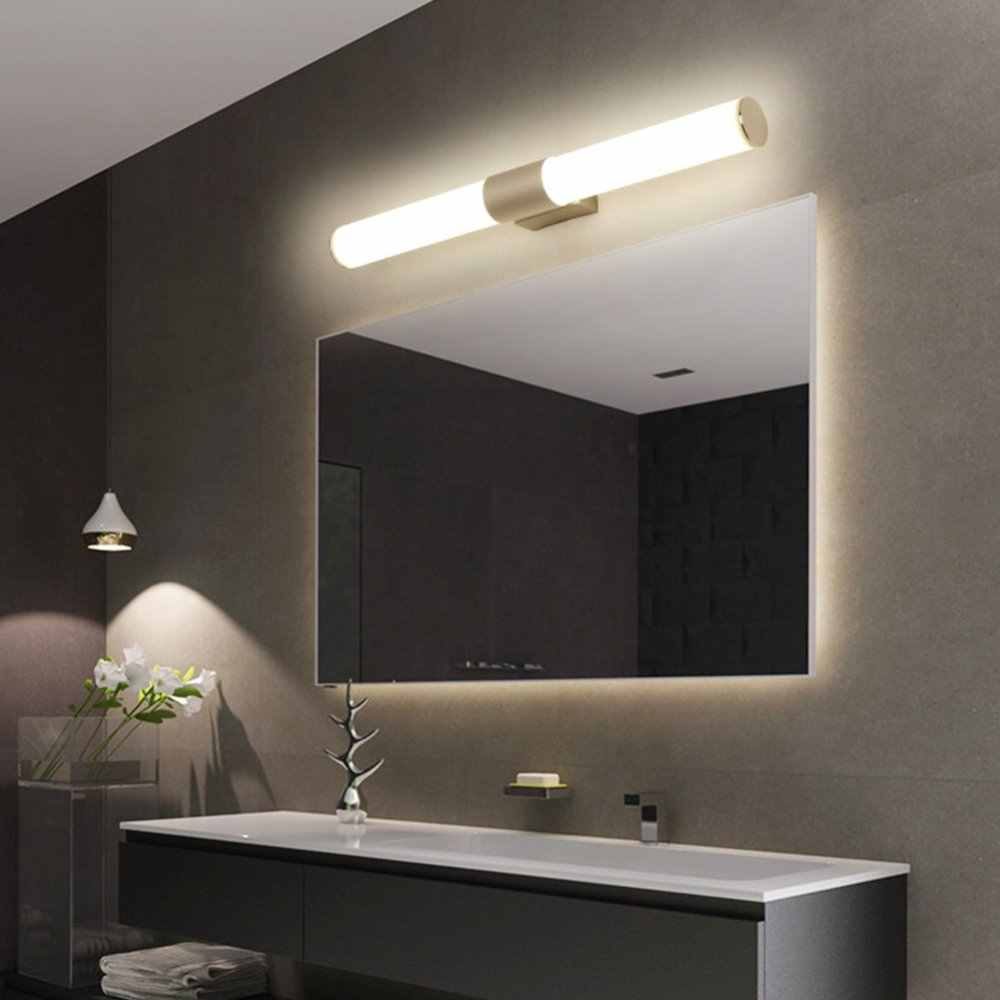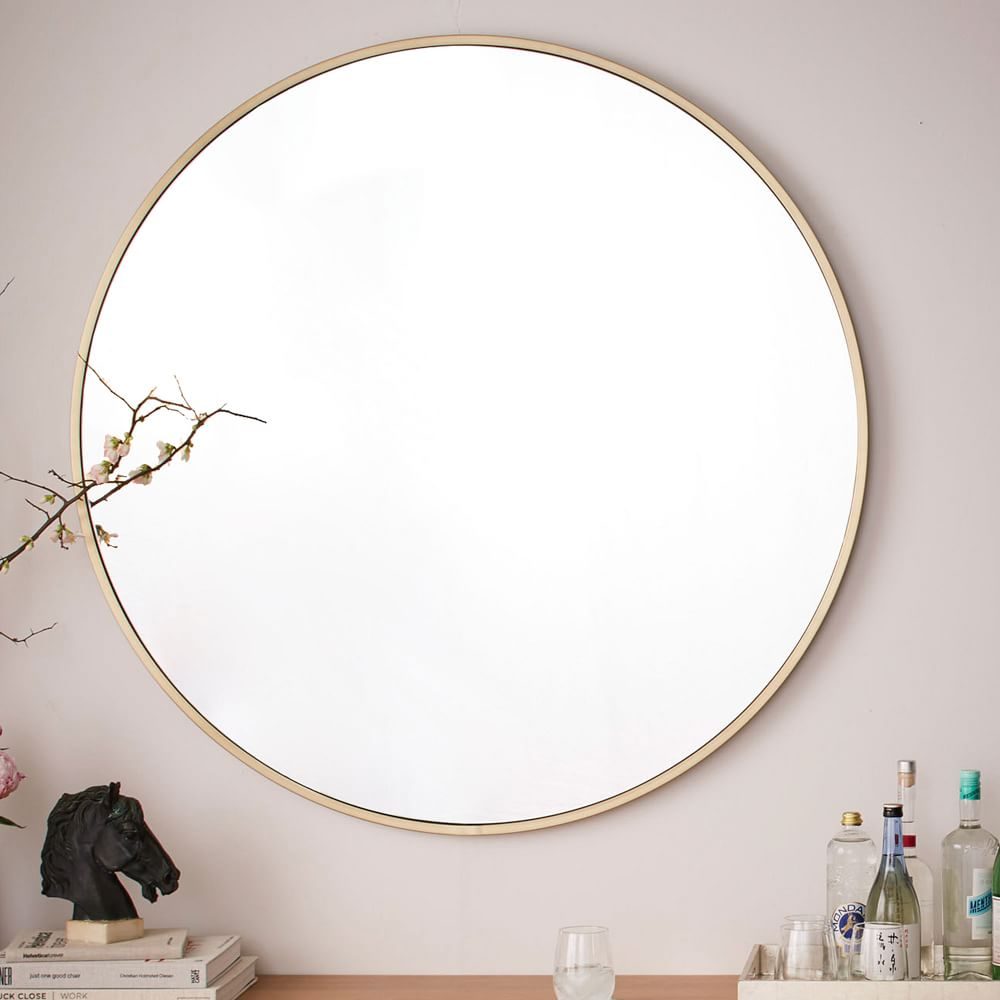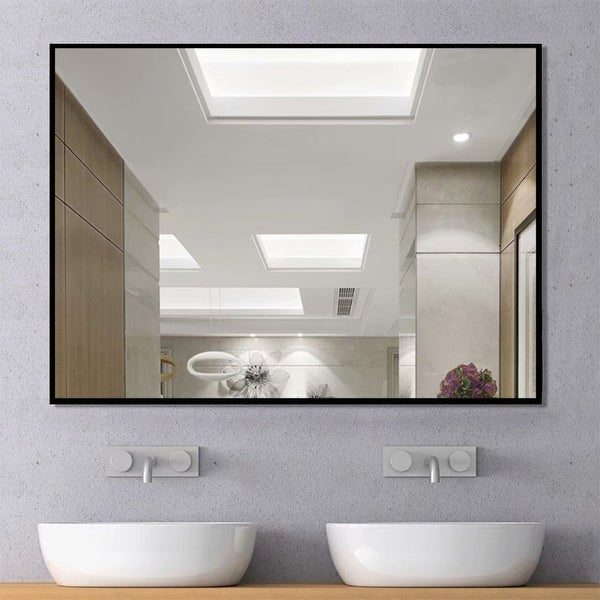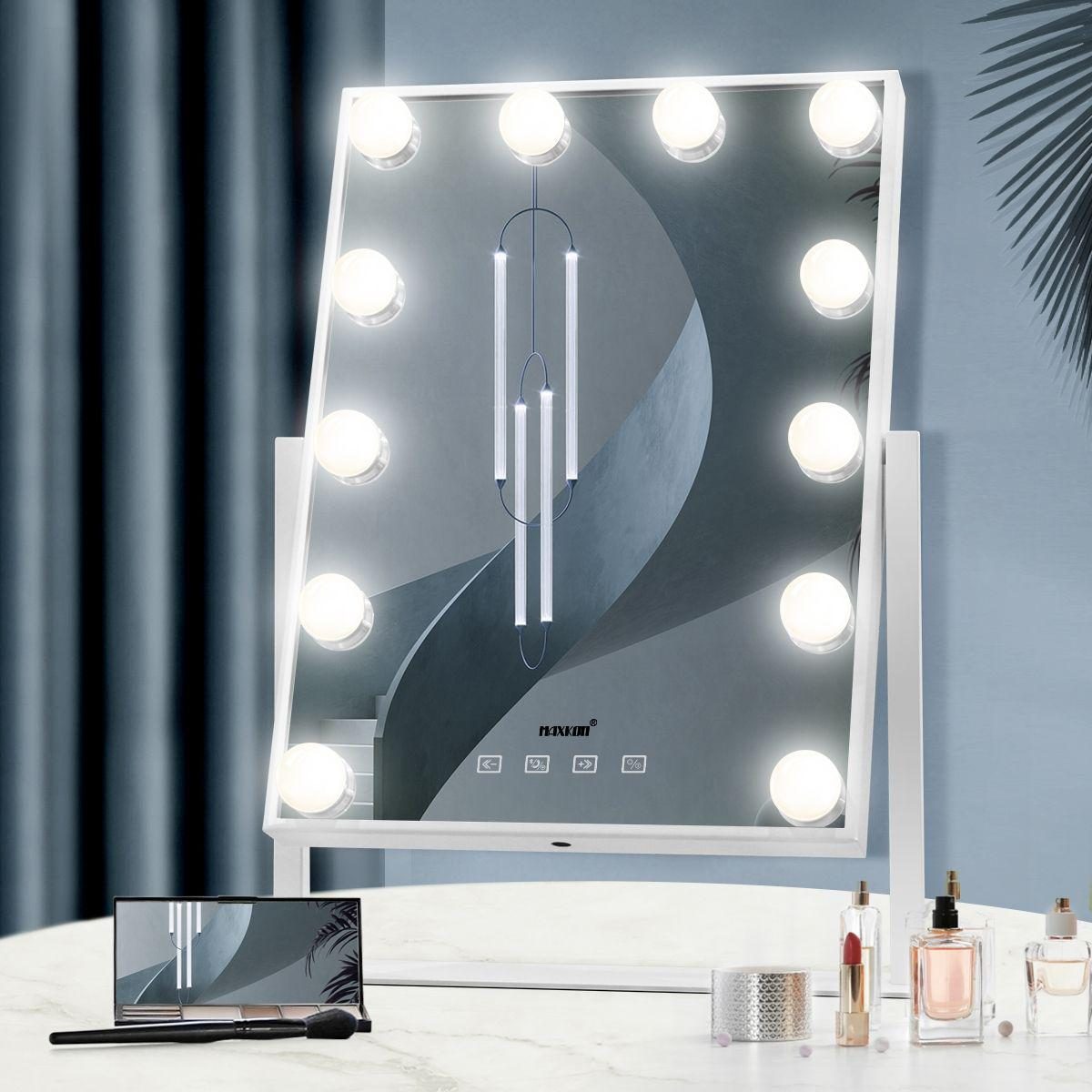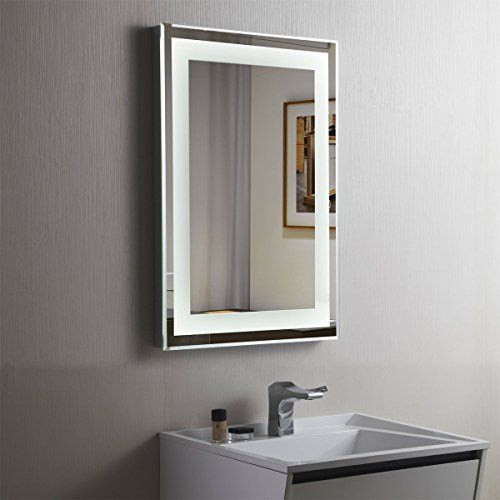Introduction: The fusion of LED lighting technology with mirrors has revolutionized interior design and functionality. This article delves into the science behind the illumination in LED mirrors, explaining how these mirrors provide efficient and effective lighting solutions.
- LEDs and Energy Efficiency: LEDs (Light Emitting Diodes) are highly energy-efficient light sources. They convert electricity into light with minimal heat generation, making them ideal for use in mirrors. Their efficiency reduces energy consumption and contributes to the eco-friendliness of LED mirrors.
- Color Temperature and Kelvin Scale: LED mirrors offer different color temperatures, measured in Kelvin (K). Lower Kelvin values result in warm, yellowish light, resembling incandescent bulbs. Higher Kelvin values produce cooler, bluish light, similar to daylight. The ability to adjust color temperature enhances the versatility of LED mirrors.
- CRI and Accurate Reflection: Color Rendering Index (CRI) is a measure of how accurately a light source reveals colors compared to natural light. High CRI values ensure accurate color representation in mirrors, crucial for tasks like makeup application where color accuracy is essential.
- Light Distribution and Diffusion: Effective illumination requires proper light distribution and diffusion. LED mirrors use diffusers to evenly spread light across the mirror’s surface, eliminating harsh shadows and creating a well-lit area for grooming and reflection.
- Longevity and Minimal Maintenance: LEDs have a longer lifespan compared to traditional light sources. Their durability reduces the need for frequent maintenance, contributing to the longevity of LED mirrors.
Conclusion: The science behind LED lighting in mirrors involves intricate engineering and consideration of factors like energy efficiency, color temperature, CRI, and light distribution. This combination of scientific principles ensures that LED mirrors not only illuminate spaces effectively but also contribute to energy savings and accurate reflection.

